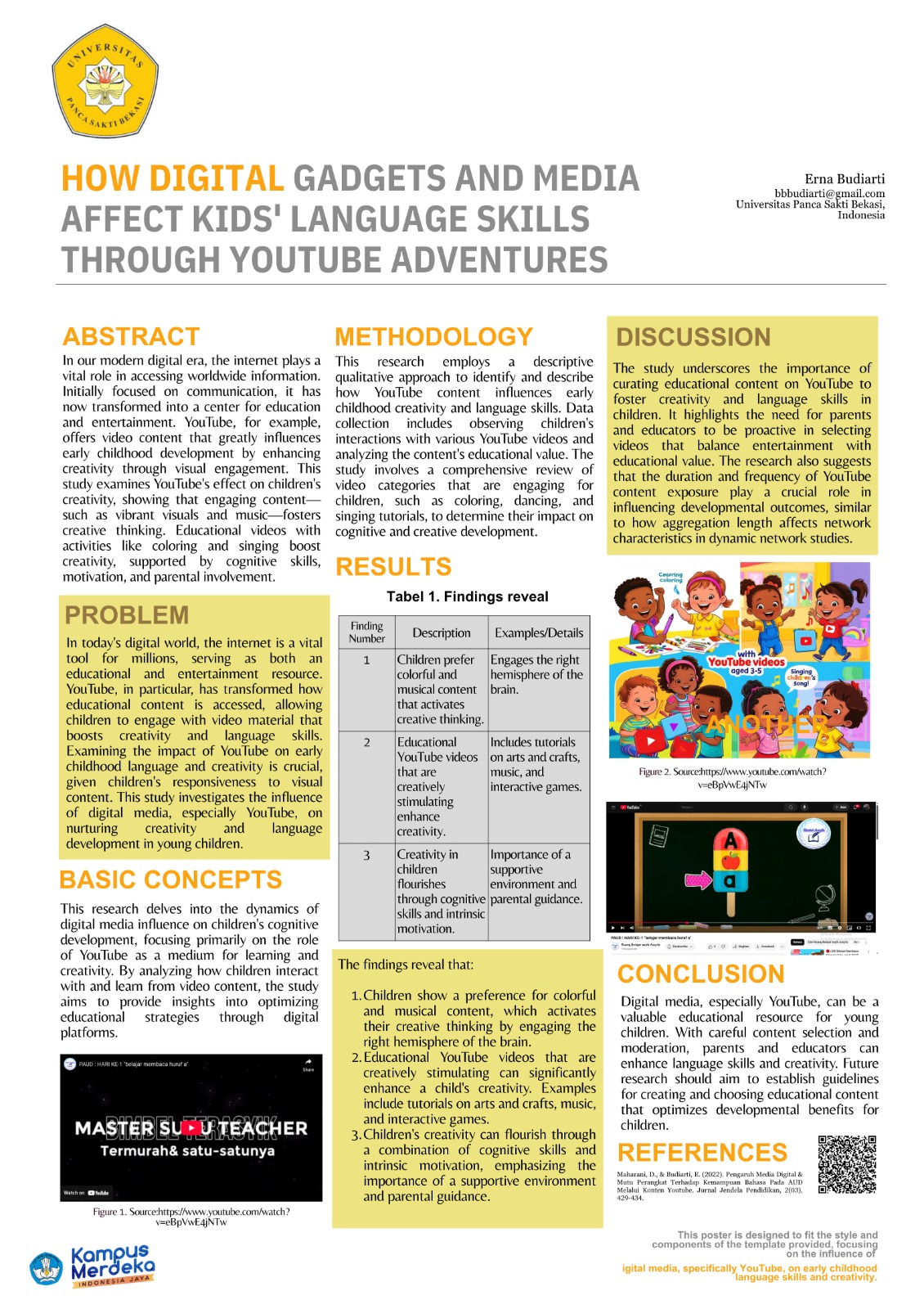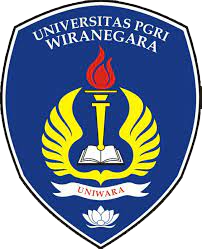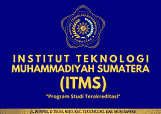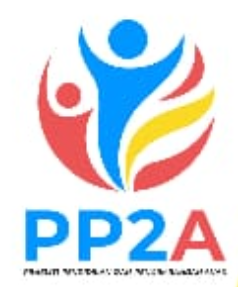How Digital Gadgets And Media Affect Kids' Language Skills Through Youtube Adventures
Keywords:
DIGITAL GADGETS, Language skill, youtubeAbstract
In our modern digital era, the internet plays a vital role in accessing worldwide information. Initially focused on communication, it has now transformed into a center for education and entertainment. YouTube, for example, offers video content that greatly influences early childhood development by enhancing creativity through visual engagement. This study examines YouTube's effect on children's creativity, showing that engaging content—such as vibrant visuals and music—fosters creative thinking. Educational videos with activities like coloring and singing boost creativity, supported by cognitive skills, motivation, and parental involvement.
Downloads

Published
How to Cite
Issue
Section
License
Copyright (c) 2022 Erna Budiarti

This work is licensed under a Creative Commons Attribution-ShareAlike 4.0 International License.

 Universitas Pancasakti Bekasi , Indonesia
Universitas Pancasakti Bekasi , Indonesia













 All publications by the CV. Bimbingan Belajar Assyfa [e-ISSN:
All publications by the CV. Bimbingan Belajar Assyfa [e-ISSN: